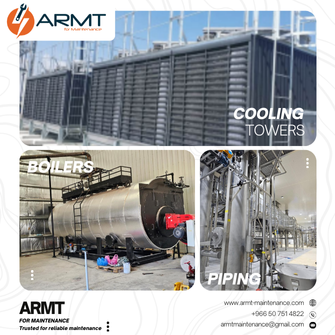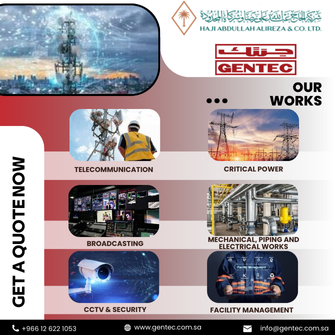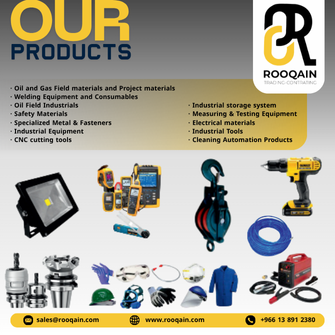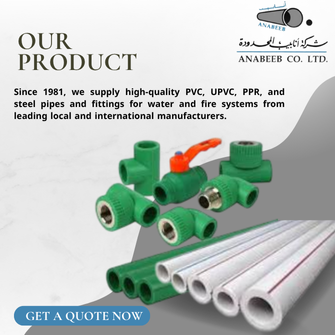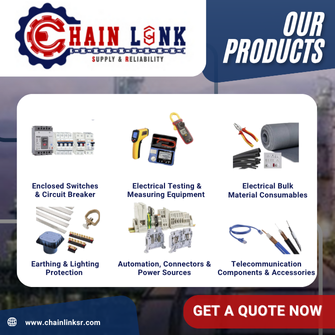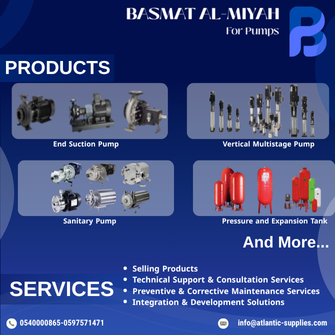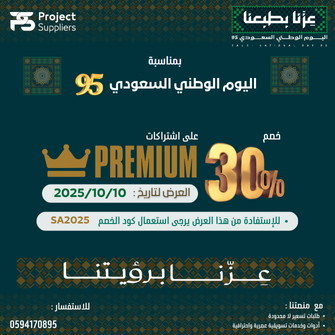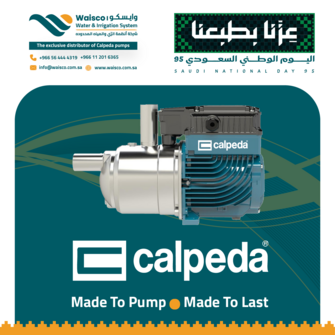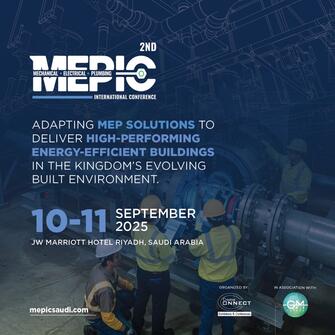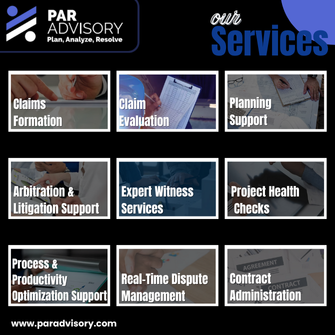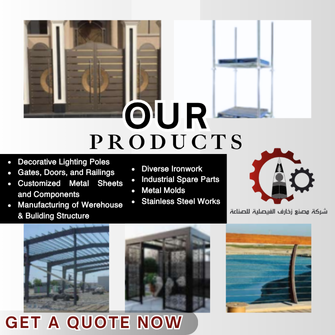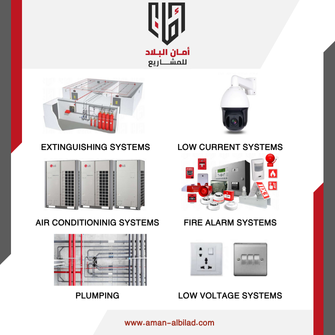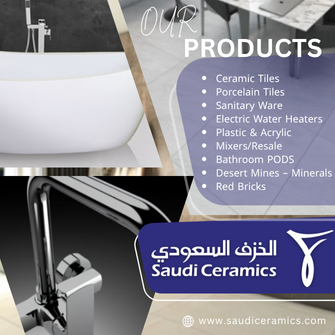advertisement
Brand Information
UMI (United Mining Industries Ltd.) Fiber Cement Board and Plasterboard manufacturing company based in Saudi Arabian that produces fiber cement and plasterboard and related accessories products for Domestic and Export Marketing.
UMI is a joint venture company of three major Groups in Construction and Building Materials Industry in GCC which are Al Muhaidib, Al Mojel and Al Rashed. Initially producing Gypsum Powder from our own quarry in Yanbu, KSA diversified into Plasterboards, Joint Compound and Fiber Cement Board.
UMI’s mission to enhance the quality of Fiber Cement Board products in local and regional market to provide efficient, eco-friendly and economical solutions.
Having locally procured major raw materials (excluding Fiber Pulp), low energy cost and being located in the middle of the region helps us to provide excellent Product to help sustain Green Building Solutions
Our aim is to save environment and protect our ecological atmosphere. We use GREEN materials to produce and FCB is recyclable and degenerate material.
About UNICEM United Fiber Cement Board:
MATERIAL COMPOSITION:
UNiCEM United Fiber Cement Boards are made from a mix of cement, cellulose fiber and fire resistant fillers on Hatschek machines.
The products having excellent resistance against fire, termite and moisture makes it ideal material for varying applications
The curing is done through AUTOCLAVING PROCESS which involves High Pressure Steam Curing for dimensional stability and durability.
The Hydration process changes the chemical structure of the cement/silica and bonding agents to produce highly durable and versatile fiber cement board.
After autoclave, UNICEM United Fiber Cement Boards are allowed to go through a short stabilization period to get them in equilibrium with the ambient moisture content under a controlled environment.
UNICEM boards are stacked systematically palette for dispatch to clients.
MANUFACTURING PROCESS:
UNiCEM United Fiber Cement boards consist of cement, sand, and cellulose fibers that are manufactured in layers to form sheets of varying thicknesses. The boards are manufactured using a process called autoclaving, which uses high-temperature steam curing to form the board and to increase the strength About UNICEM United Fiber Cement Board: and stability of the sand and cement. The cellulose fibers help to prevent cracking. A wood grain pattern is added to the surface of siding boards before the material is cured
HATSCHEK PROCESS METHOD:
The success of fiber cement manufactured by the Hatschek process is largely due its formation in thin paper like films that are placed one on the other until the desired sheet thickness is reached. Formation of the sheet by this means distributes the reinforcing fibers in two dimensions taking best advantage of the reinforcing fibers to increase the in-plane strength of the sheet. Thus the strength of sheets made in this fashion is approximately 50% greater than sheets formed to full thickness in one action in the filter press process.
Sheet formation on the Hatschek Machine occurs in 4 stages:
•Initial formation of a filter layer on the surface of the sieve.
•Building of a very watery layer of fiber cement over the filter layer as the sieve rotates in contact with the slurry in the vat.
•Low intensity dewatering of the wet film as it transfers to the felt and •High intensity dewatering of the film as it passes through the nip of the accumulator roller.
HATSCHEK PROCESS HISTORY:
The Hatschek machine was first developed for the production of asbestos cement in the 1890’s when it was patented by the inventor, Ludwig Hatschek. The machine is still used in the same basic form today and although modern Hatschek machines are much more productive than the early models.
ADVANTAGES:
UNiCEM United Fiber Cement Boards doesn't warp or fade. It can withstand ultraviolet rays and is impenetrable by insects and birds. It doesn't dent or bump under direct impact and will not become brittle in cold temperatures. Fiber cement boards can be used in historical renovations, where other cladding materials are not allowed. Because of their long life, fiber cement boards also cut down on repair and maintenance costs. Many warranties guarantee the material for 25 years and longer
ENVIRONMENTAL FRIENDLY:
Fiber cement boards are made from natural cellulose fibers and are completely non asbestos. The recycled contents in the product composition make it more environmental friendly. This product does not contain asbestos, formaldehydes or harmful chemicals
It is the best substitution to wood with a contemporary range of green products suitable for all modern constructions
MAINTENANCE:
UNiCEM United Fiber Cement Boards are strong and designed to hold up under extreme climates where intense sunlight, moisture or wind is common. This material is also resistant to fire, termite and rotting. Fiber cement board needs one coat primer and two coat paint. When painted, it will soak it up well, and with quality paint it won't peel or chip as painted vinyl or steel does. It is designed to be a low-maintenance building material, but it does require regular cleaning and inspecting caulked joints around windows and doors yearly
APPLICATION:
UNiCEM United Fiber Cement Boards are mostly used for Internal & External Wall cladding, wall partitions, mezzanine flooring, Roof Underlay, False Ceiling, Office cubical partitions, Fixed Wardrobes, Kitchen cabinets, Duct Covering
Fiber cement boards are a good alternative for Plywood for better fire protection and longer durability.
The uniqueness of these boards lies in the versatility of being a composite material to be used for both interiors and exteriors (with protective coating). The superiority of product lies in its durability and resistance to fire, moisture and Termite offers a great maintenance free environment
هل تبحث عن فرص جديدة في السوق السعودية؟
لقد أتحنا لك في منصة موردي المشاريع العديد من الفرص الجديدة للوصول إلى مقاولين ومشاريع جديدة في المملكة العربية السعودية.
نضمن لك الحصول على طلبات تسعير جديدة من كافة انحاء المملكة العربية السعودية.




